Strategy Byte - Week 11 : Lay of the Land

Table of Contents
- Recap
- Picnic Spot
- Gross Domestic Product
- Country as a Business
- Country Resource Flow - GDP
Recap
Last week, we laid out the framework for External Environment analysis where we start from country / global environment with a focus on certain key economic parameters & then zoom into industry using Porters Five forces. Visually, this is how it will look :
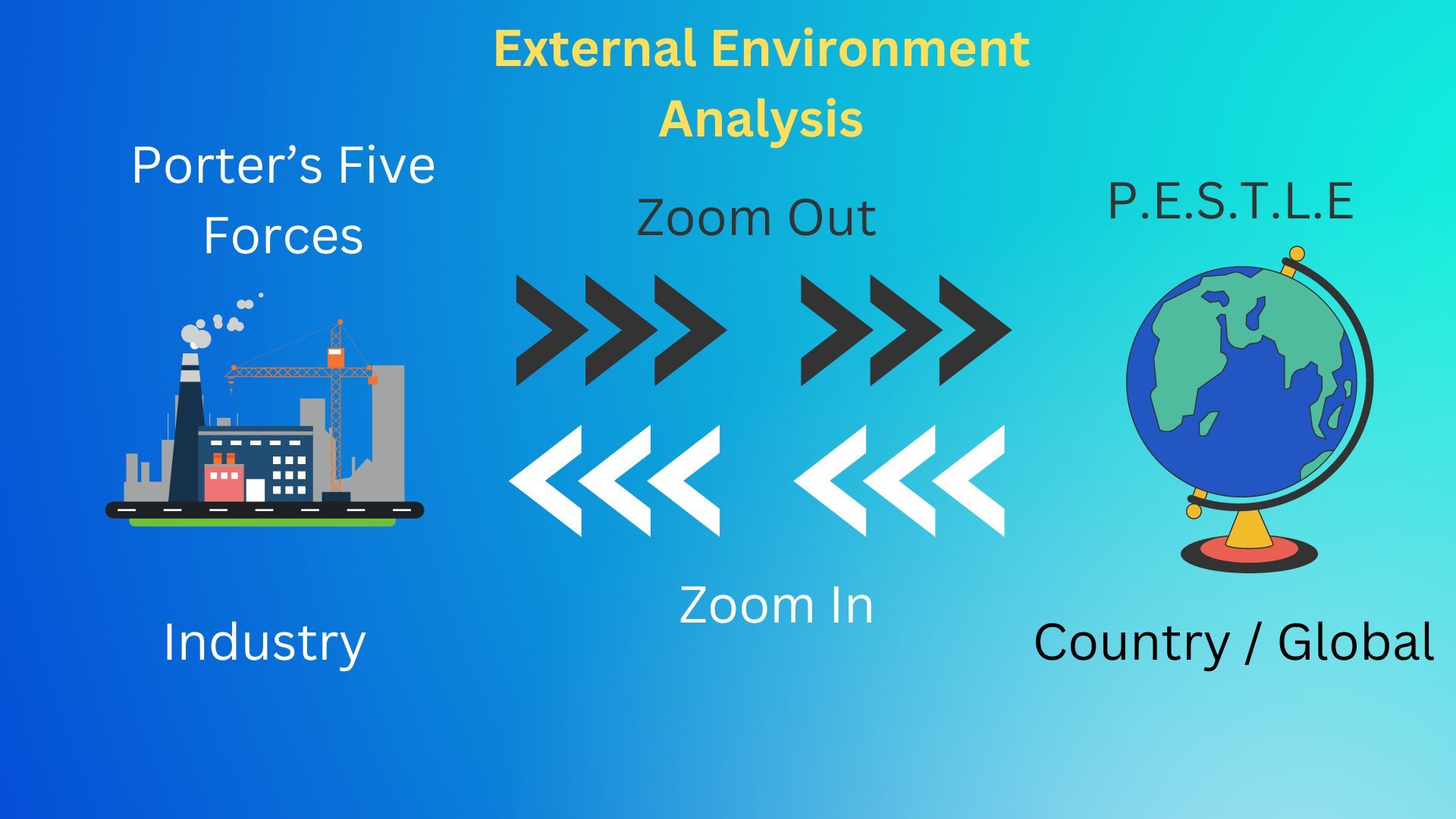
We then explored systems thinking which we defined as
A perspective of seeing & understanding systems as wholes rather than as collection of parts. The whole is a web of interconnections that create emerging patterns.
We touched upon :
- Feedback loops &
- Causality
Then we touched upon each aspect of P.E.S.T.L.E.
Today, we move on to the "Economic" part of P.E.S.T.L.E in more detail
Picnic Spot
Imagine you are going for a picnic with your family or friends. You select a nice spot to picnic. Then you put on the mat first & on top of that, all the other stuff. The selected place is very nice, cozy, breezy with a lot of trees nearby. Perfect place for a nice picnic.

So, normally picnic spots are selected based on the environment around that spot. Cozy, little sunshine peeking through trees, greenery, trees providing just the right shade etc.
Now, imagine we are starting a business or expanding a business either within the country or outside the country. We need to check the "picnic spot" where we are setting up or expanding our business. In business, this spot is the "country" where we intend to set up or expand our business.
So we need to get a lay of the land where we are setting up or expanding business. The atmosphere where we are setting up business should cause the business to thrive & make profits. So how do we analyze the country where we are setting up or expanding business ? This is the first analysis of our "Where to Play".
The key questions to ask are :
- What is the current state of a country's economy & it's inherent risks?
- Based on the above analysis, what is it's most likely short term or long term scenario?
This means "Does a country's economic state facilitate & provide the necessary environment & incentives for business to thrive?". The analysis should not only include the lay of the land but also analyze the risks involved in setting up or expanding a business. Let's get a little nerdy by discussing certain key country variables. We will start with GDP or Gross Domestic Product.
Country as a Business
A country can be considered like a business which uses resources to generate output. A country's economy mainly comprise of :
- Small Businesses
- Medium Businesses
- Large Corporate Businesses
Balance Sheet
Before we get into GDP, let us understand balance sheet & cash flow statement. Below is the visualization of a bare bones balance sheet :
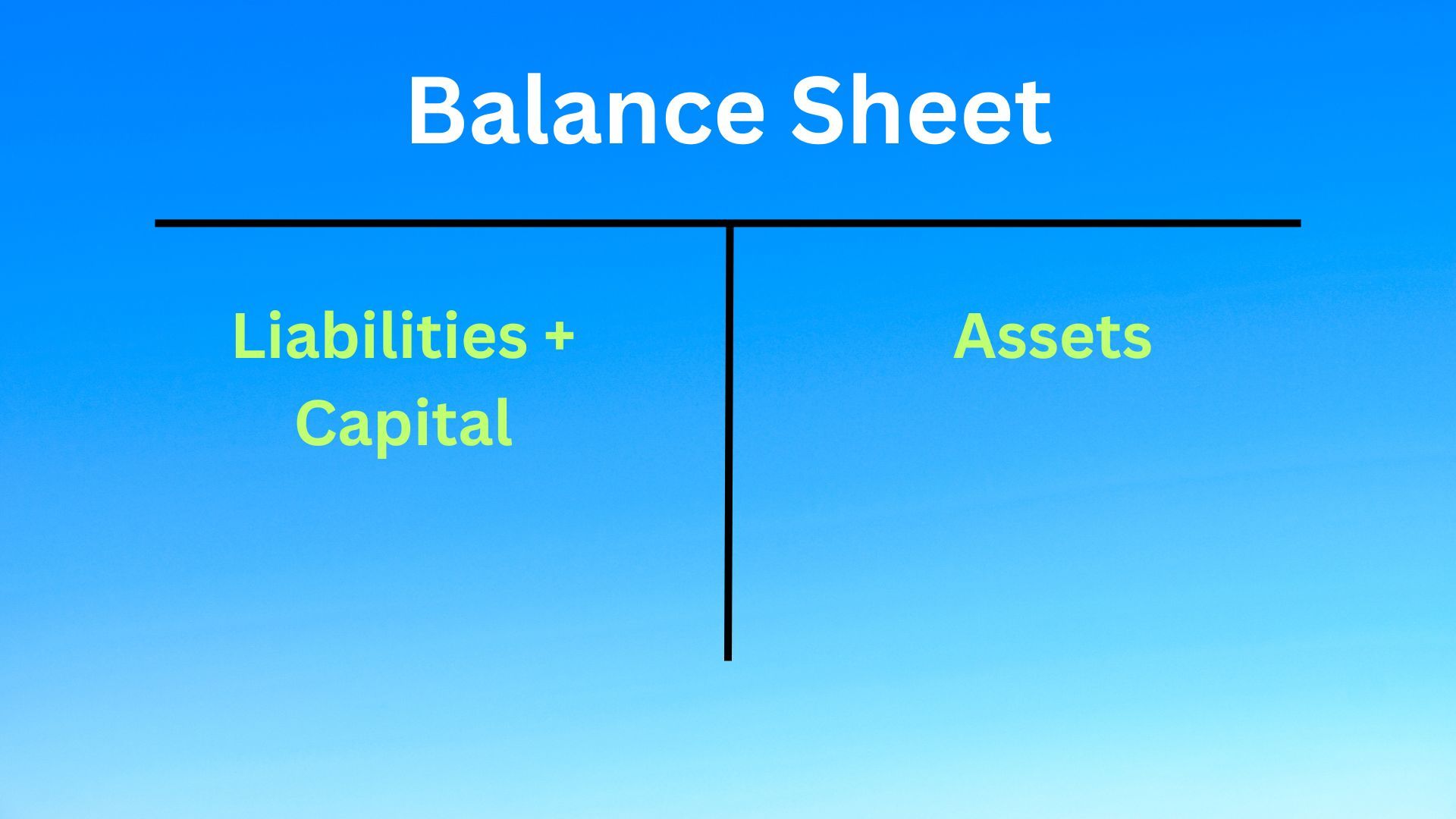
What does the above signify? In simple terms, it shows the state of a company's position. On the left hand side, it shows the funding it has received through borrowing or capital & on the right hand side, where have those funds been deployed as of a point in time?
Since funds taken are deployed into productive use, the left side should be equal to the right meaning
Cash Flow Statement
Let us now move to how much funds did the company take in during a period & where all were those funds deployed during that period? This is represented through a cash flow statement.
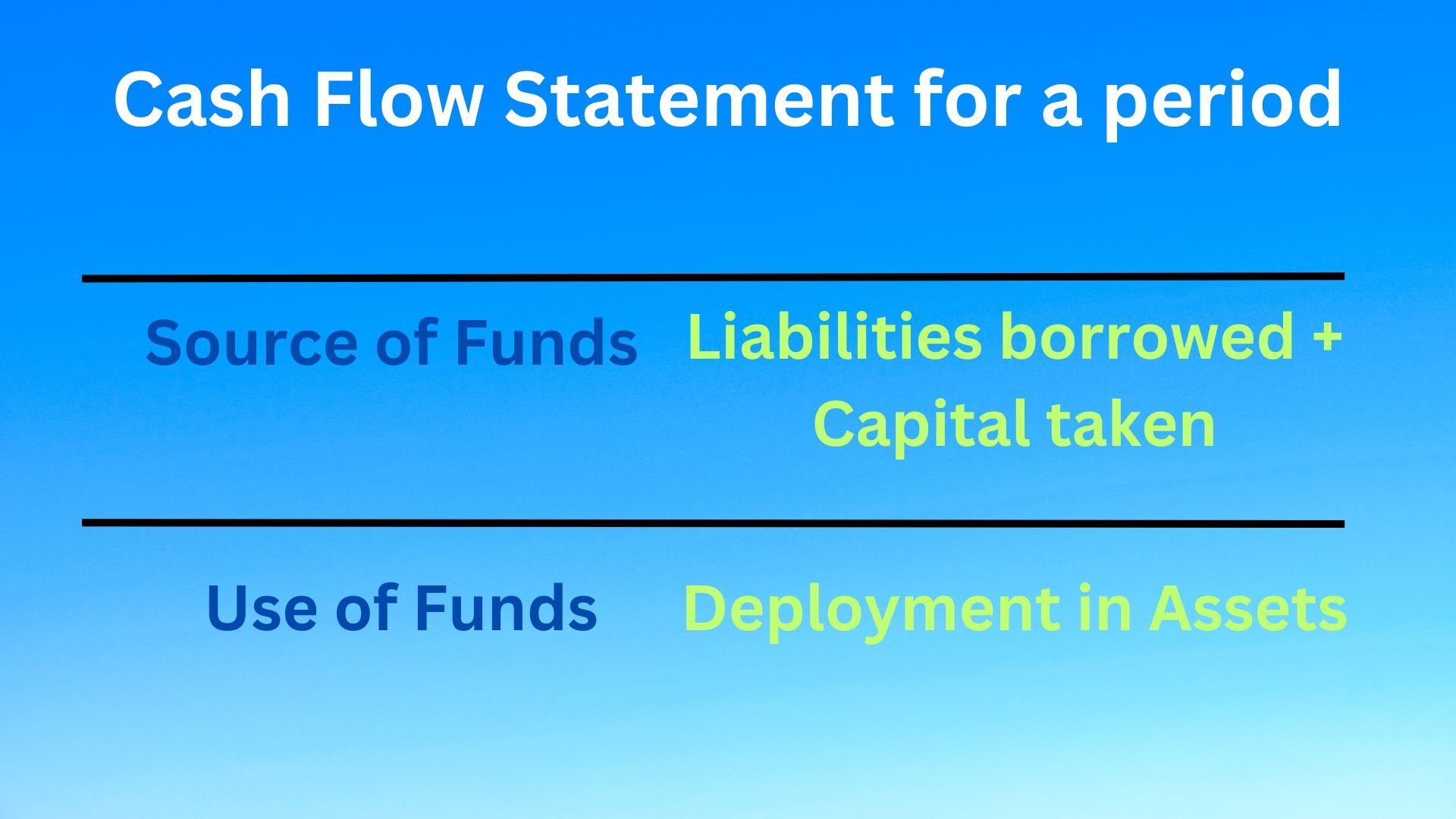
In simple words, it shows how much funds were acquired over a period of time through capital or other external sources (deposits or long term borrowings) to fund it's business & other investments. It runs the business using these funds & generates output to serve customers in line with it's strategy.
Country Resource Flow - GDP
Just like a company, a country uses resources from :
- Within the country - What a nation makes itself, within it's borders &/or
- Outside the country - through imports - What a nation buys from other nations
How are these resources utilized in a country? These resources are used mainly for the below:
- Expenditure
- Create additional output
Visualizing the above,
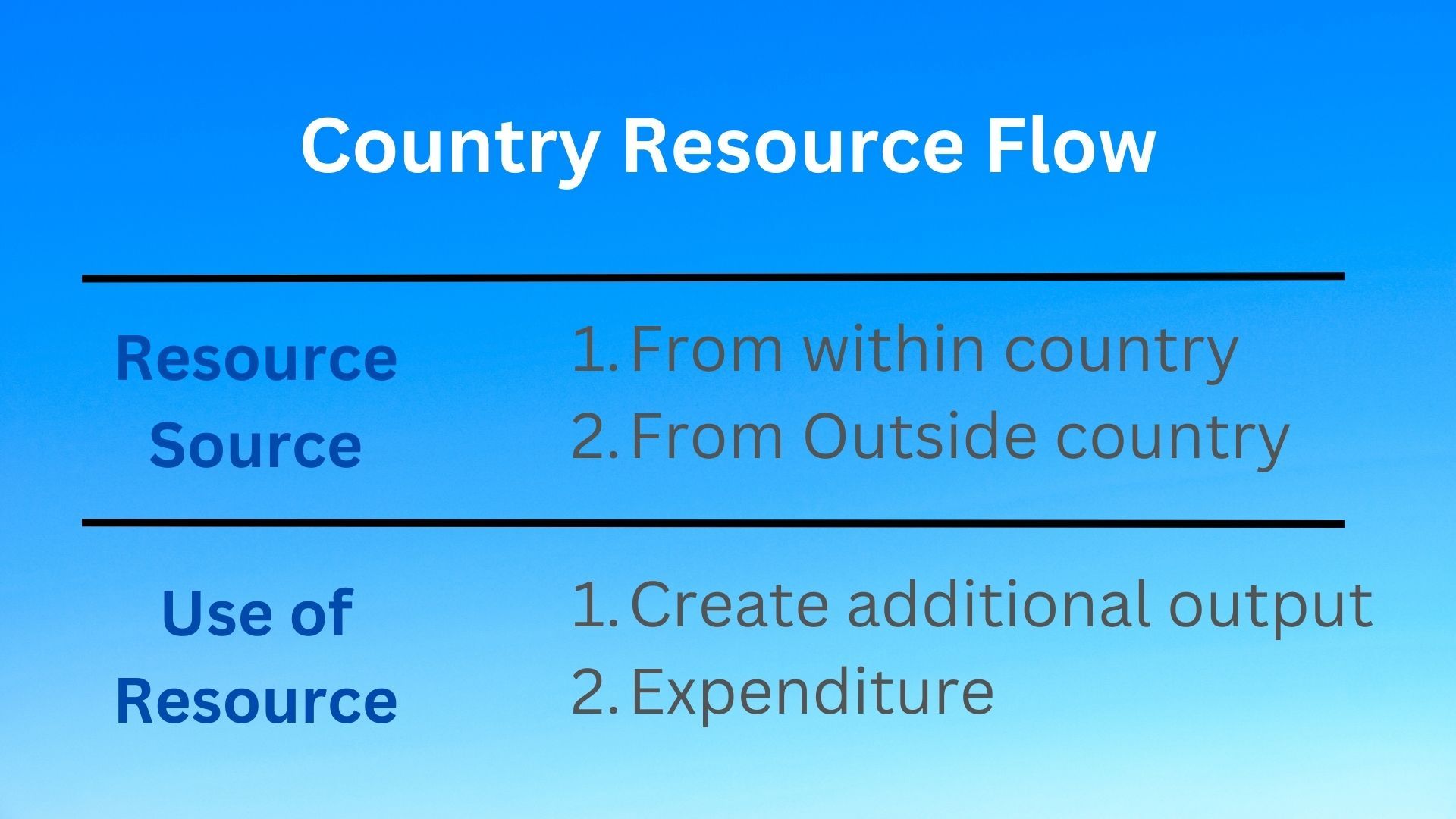
So, a country uses the resources from within itself or by getting it from other countries for incurring expenditure or to create productive capacity in the economy.
From within Country
In simple terms, the value of output that a nation produces within itself is what is called GDP or Gross Domestic Product. Let us now see it's definition
GDP or Gross Domestic Product measures
- The monetary value of final goods & services - i.e., those that are bought by the final user
- produced in a country in a given period of time (say, a quarter or year). (Source : IMF)
It counts all of the output generated within the borders of a country. GDP is composed of goods & services produced for sale in the market & also includes some non-market production, such as defense, education services provided by Government.
GDP is important because it gives information about
- the size of the economy &
- how an economy is performing
Theoretically, there are three ways to measure GDP : (Source : IMF)
- The Production Approach - Adds up all the added value of goods & services at each stage of production.
- The Income Approach - Adds up all the incomes generated by production. E.g., salaries of workers, company profits etc.
- The Expenditure Approach - Adds up all the spending & purchases on the final goods & services bought for consumption. E.g., consumption of food, services by households, investments in machinery or other assets by companies etc.
Visualizing the above :
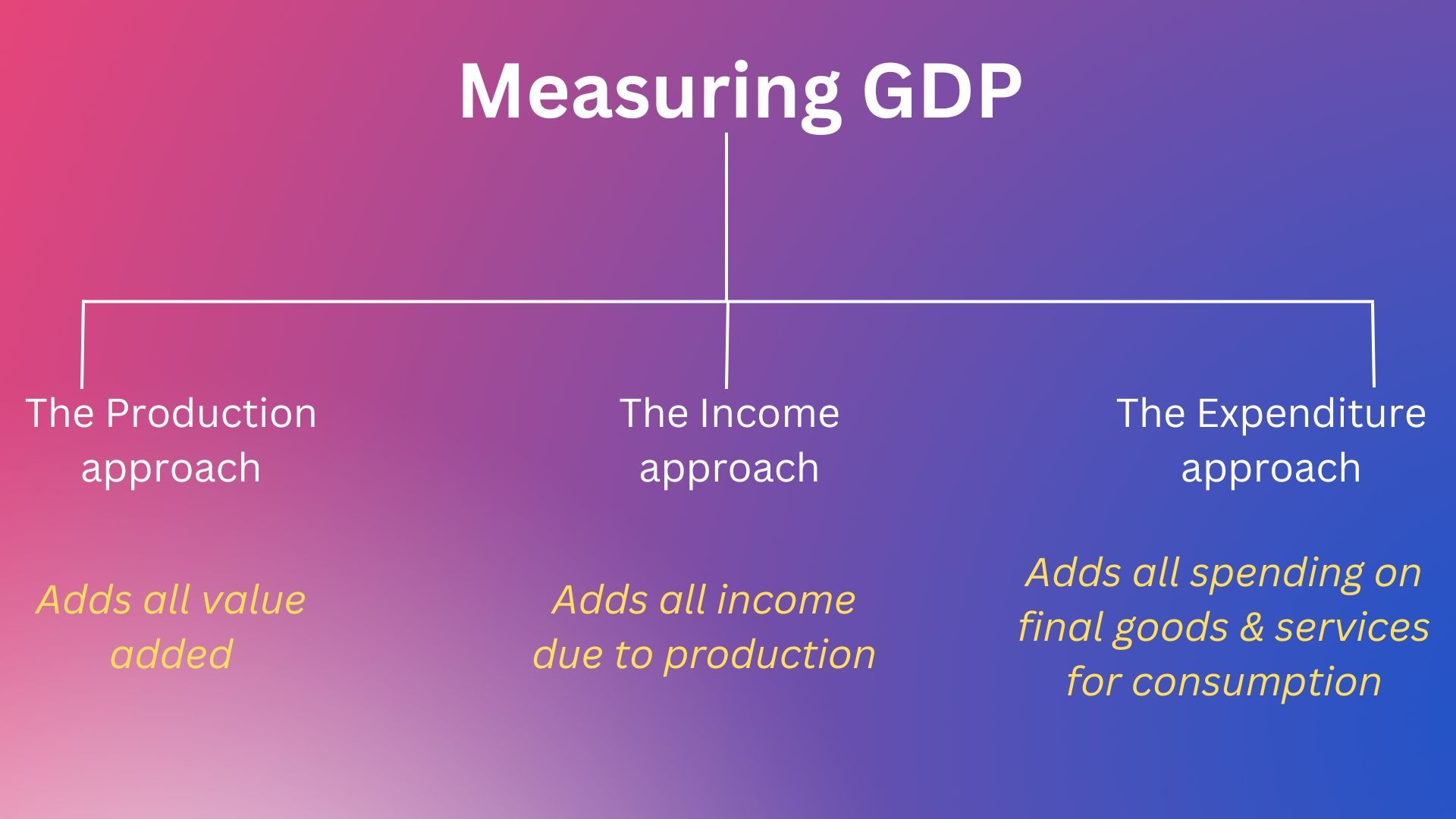
From outside Country
Countries buy resources that are not available within their borders from another country through imports.
We will touch upon imports & exports separately when we discuss trade & capital flows.
Next week, we will explore the "Use of Resource" side of the Country Resource Flow which is for
- Creating additional output
- Expenditure